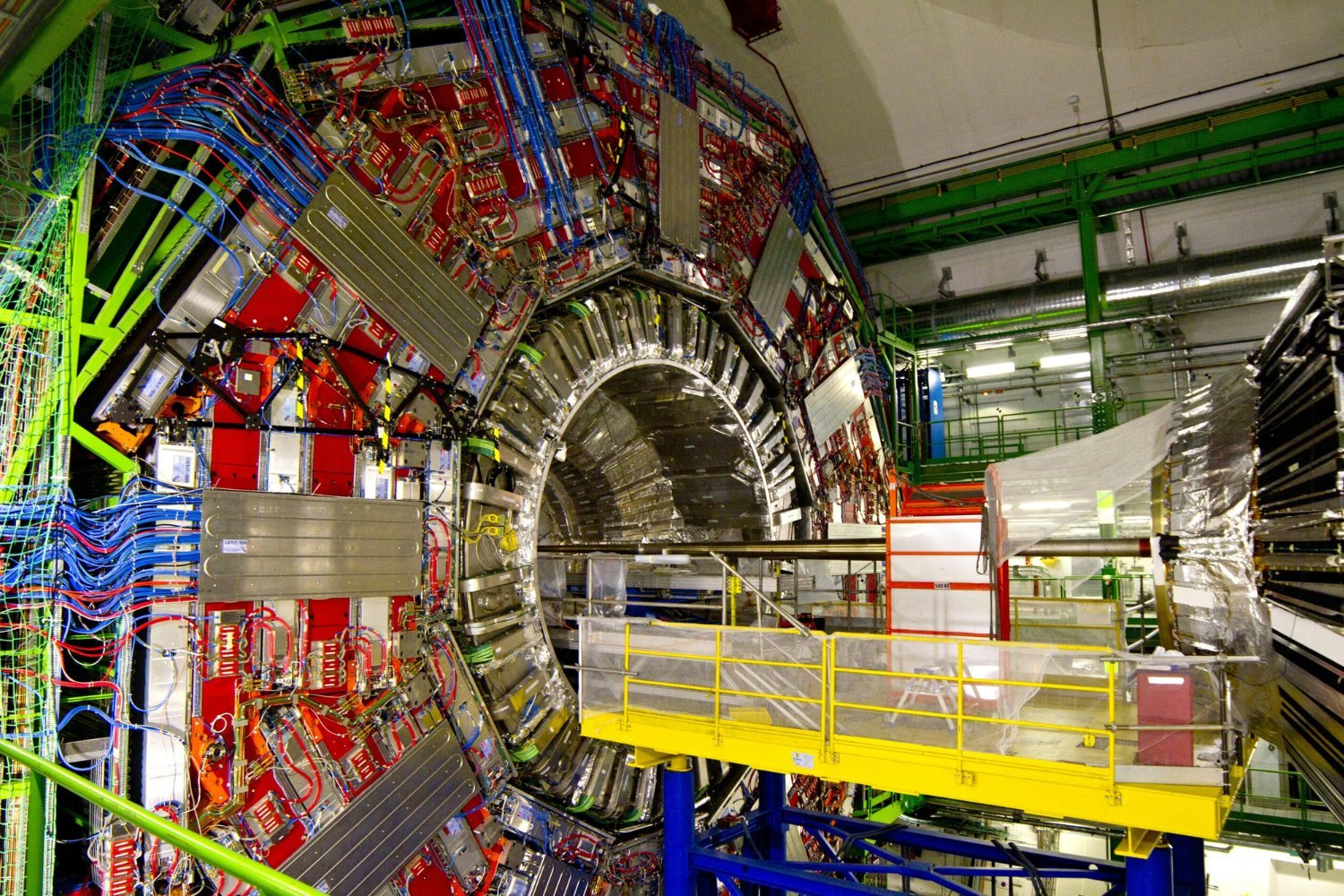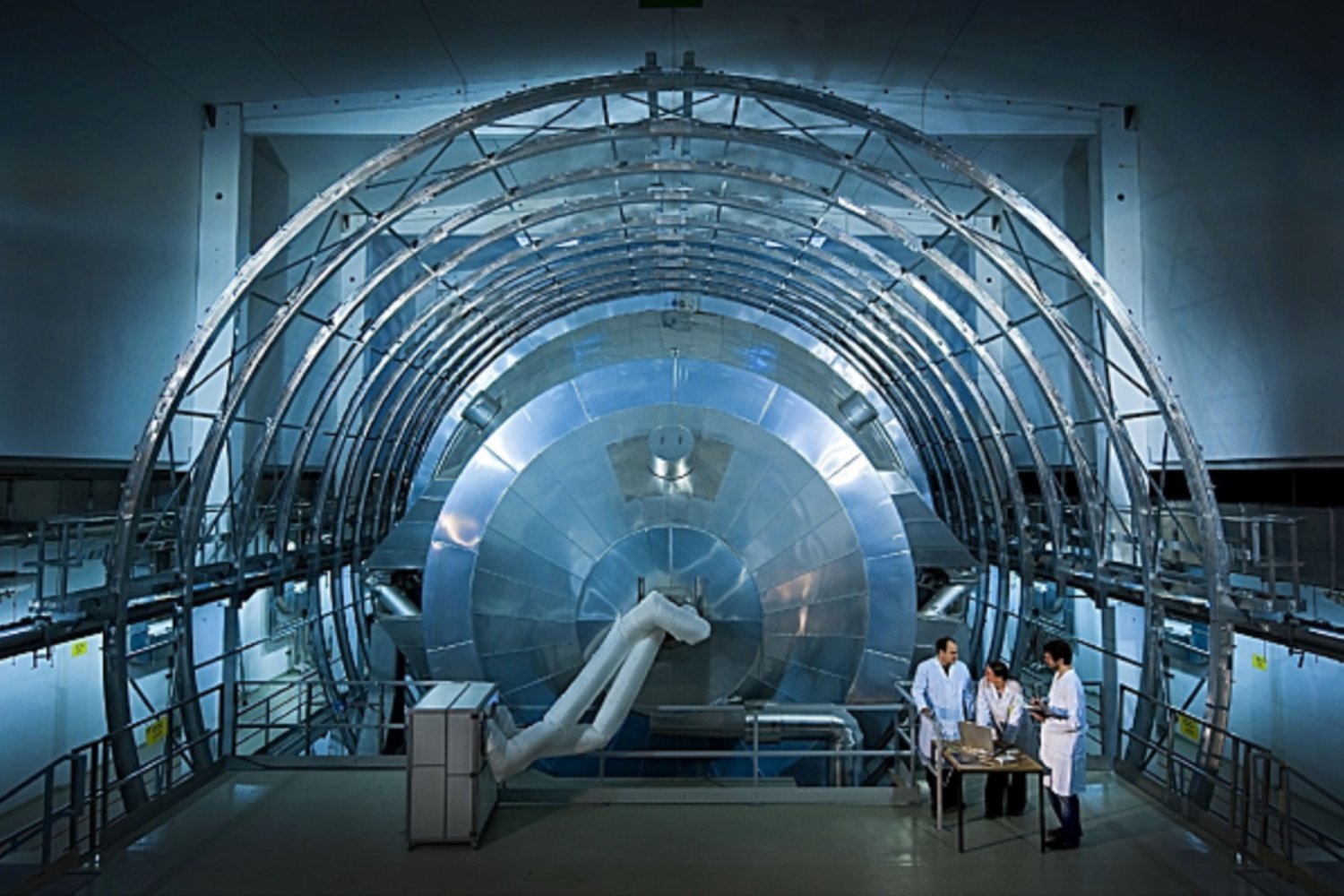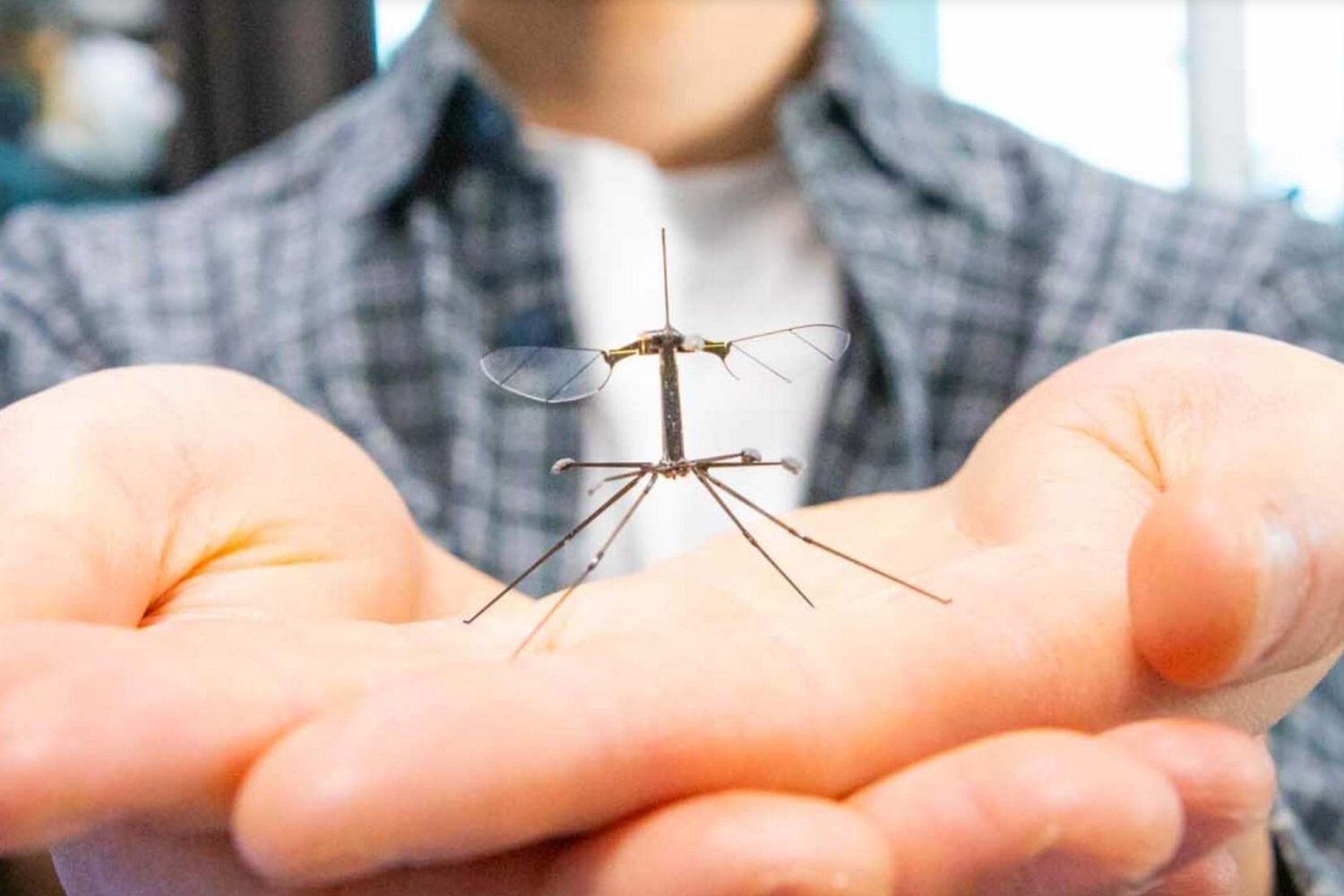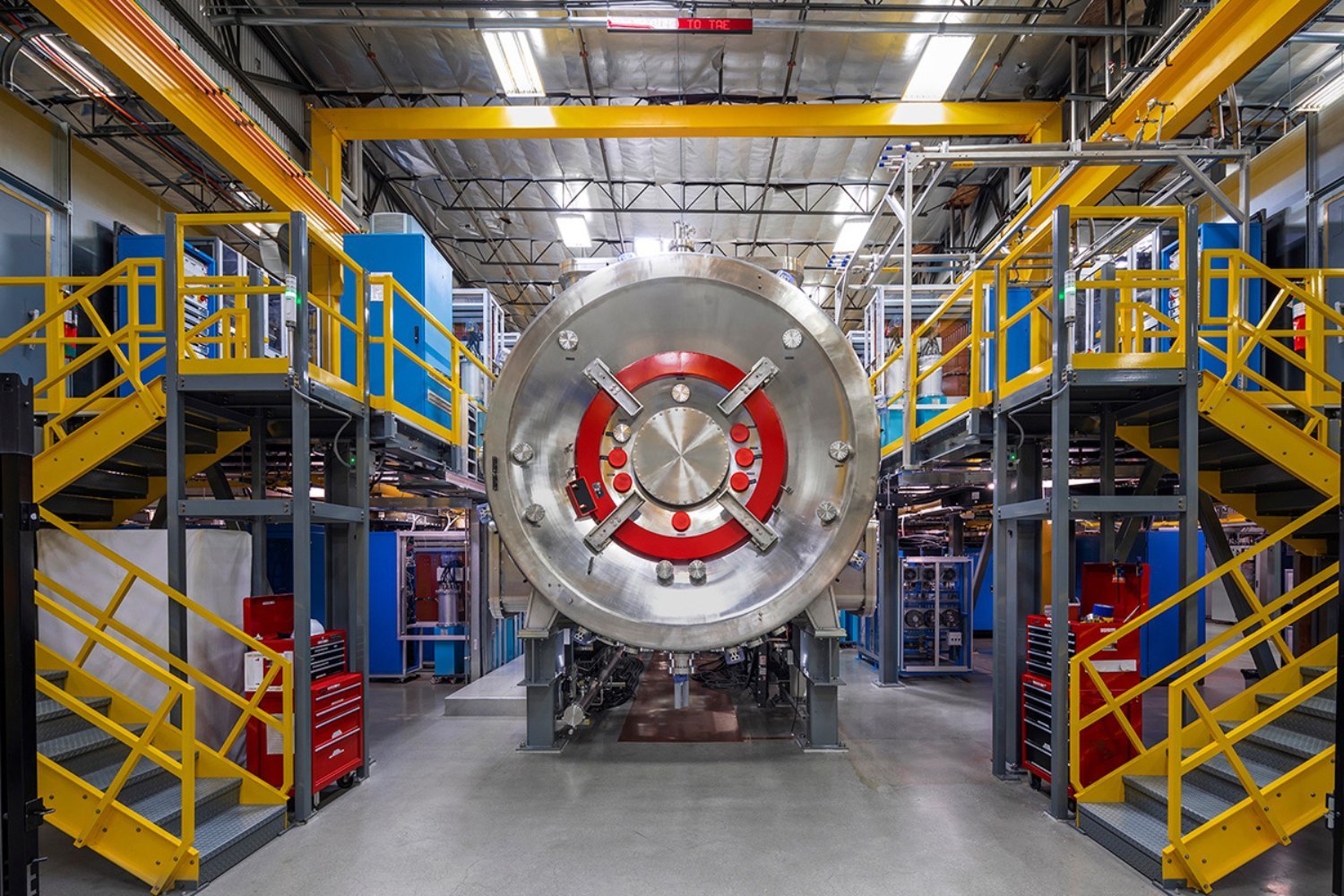The Large Hadron Collider (LHC), the world’s most powerful particle accelerator, is about to receive a new addition—a detector named MATHUSLA. This innovative instrument, designed to detect long-lived particles that have so far escaped observation, promises to unlock further secrets of the universe. The conceptual design report for MATHUSLA was recently published on the arXiv preprint server.
This new detector, whose name is a playful acronym for MAssive Timing Hodoscope for Ultra-Stable neutraL pArticles, draws inspiration from the biblical figure Methuselah, known for his exceptionally long lifespan. The name is fitting, as MATHUSLA is specifically designed to search for particles with unusually long lifetimes within the LHC’s high-energy environment.
Unlocking New Physics Beyond the Higgs Boson
The LHC achieved a major milestone in 2012 with the discovery of the Higgs boson. Since then, physicists have been exploring ways to leverage the collider’s capabilities to further probe the fundamental constituents of matter and their interactions. The upcoming upgrade to the High-Luminosity LHC (HL-LHC), slated for completion by 2029, will significantly increase the collider’s luminosity, enabling the study of Higgs bosons in greater detail. MATHUSLA is proposed to operate in conjunction with the HL-LHC.
MATHUSLA: A Giant Among Detectors
The proposed design for MATHUSLA is ambitious: a massive, enclosed box measuring 131 feet (40 meters) on each side and 36 feet (11 meters) tall. Within this vast structure, an array of detectors will be strategically placed to capture the elusive long-lived particles that escape detection by the LHC’s primary detectors.
The estimated cost for MATHUSLA is $44.5 million (€40 million), a significant investment, but one designed for cost-effectiveness. This revised design represents a smaller, more financially viable approach compared to earlier proposals, while still retaining the potential for groundbreaking discoveries.
A Complementary Approach to the Future Circular Collider
While CERN is also exploring the feasibility of the Future Circular Collider (FCC), a much larger and more expensive successor to the LHC, MATHUSLA offers a more immediate path to new physics. The FCC, estimated to cost $17 billion and with a timeline extending well into the next century, presents a longer-term vision. MATHUSLA, in contrast, is designed to be operational alongside the HL-LHC in the 2030s.
A Window into New Physics
MATHUSLA represents a unique opportunity to explore uncharted territory in particle physics. By targeting long-lived particles, it could reveal new phenomena beyond the Standard Model, offering crucial insights into the fundamental workings of the universe.
Conclusion: A Promising Future for Particle Physics
The development of MATHUSLA holds great promise for advancing our understanding of the universe at its most fundamental level. Its targeted search for long-lived particles, combined with the enhanced capabilities of the HL-LHC, offers a compelling opportunity to unveil new physics and answer some of the most profound questions about the cosmos. This new detector, with its apt and memorable name, has the potential to make a significant contribution to the ongoing quest for knowledge in particle physics.











